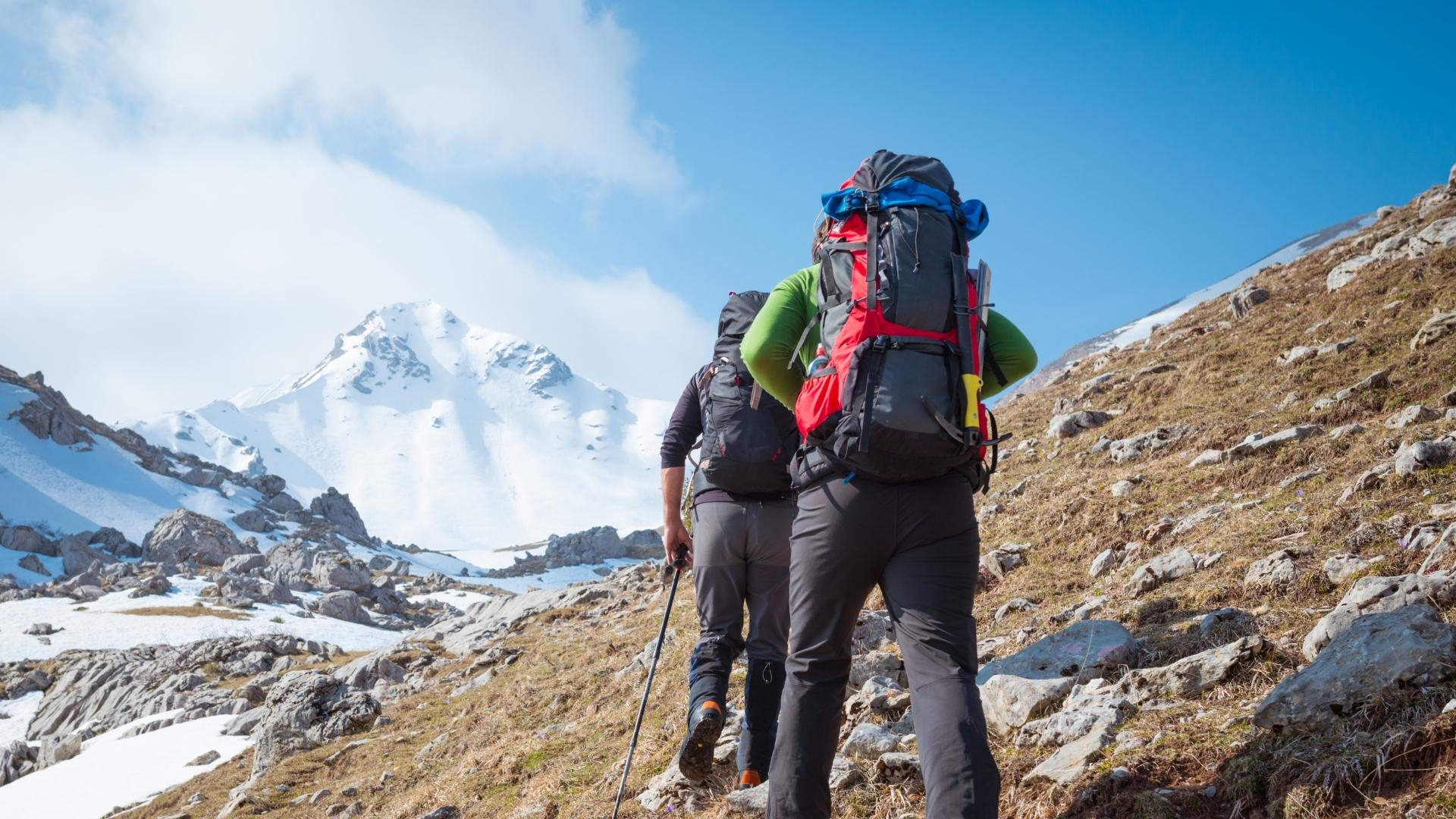The serene valleys, pristine rivers and mountainscapes of the Himalayas in India are heavens for adventurers and trippers. Yet, to experience the pleasure of heaven comes with its challenges and risks. Sometimes, the journey and expeditions may become life-threatening or displeasing for many travellers, trekkers and adventurers because of ignorance regarding health and safety measures. This write-up attempts to provide certain information for the benefit of travel enthusiasts about maintaining sound health and safety.
As a general rule, exceeding 1500 metres in driving to high altitudes and 500 metres while climbing mountains in a day are not advised. At high altitudes, the human body gets exposed to reduced oxygen levels, causing difficulties in adjusting to such conditions due to some complex biochemical changes that occur in the body, called “acclimatisation”. Flying too high altitudes shall be avoided. Adequate time is required for our bodies to adjust and handle the shift in altitude.
Learning the basics of mountain first aid, types and symptoms of sicknesses at high altitudes and handling accidental injuries is essential. Make sure you have included all that is needed in your medical kit. Pack some oxygen spray cans; these are handy and helpful.
Some adventure activities such as river rafting, mountain climbing, high-altitude trekking and bungee jumping carry a high degree of risk. Ensure that you are a part of an organised team with resources capable of handling risks and providing first aid in case of bleeding, drowning, hypothermia, injuries, dislocations and fractures. Avoid engaging in these activities unless you are comfortable or have an experience. One should be aware that immediate medical aid may not be available in the Himalayan areas.
ILLNESS AT HIGH ALTITUDES
1. Acute Mountain Sickness (AMS)
Most travellers usually experience this form of altitude sickness after arrival at higher altitudes (greater than 2500 metres). The symptoms are observed during the night of arrival and gradually settle within a day or two of acclimatisation.
Symptoms:
- Headache
- Insomnia
- Hallucinations
- Loss of Appetite
- Nausea
- Dizziness (similar to a hangover)
Preventing AMS:
- Consuming food containing carbohydrates requires less oxygen for digestion.
- Drink more water to stay hydrated and avoid smoking and alcohol consumption.
- Drive at moderate speeds, plan your stopping points appropriately, and get proper rest to allow your body to acclimatise.
- Consider using oxygen inhalations to overcome breathing difficulties and increase oxygen levels in the body.
- Taking acetazolamide tablets (Diamox) may be useful to speed up acclimatisation.
For some people, the symptoms may go intense. If you feel irritation or congestion in the chest, troubled vision, or skin turning pale and suffocated, seek proper medical treatment or move to a place of lower altitude.
2. High Altitude Cerebral Edema (HACE)
HACE is a rare emergency condition that occurs in the brain and may develop together with HAPE. A severe progressed state of AMS causes an extreme lack of energy and swelling of the brain. HACE generally occurs at an altitude of 4000 metres and above but can occur at a lesser elevation of 2500 metres with a rapid ascent.
Symptoms:
- Severe headache
- Unconsciousness
- Hallucinations
- Papilledema (swelling of the optic nerve)
- Ataxia (loss of body control)
- Confusion
- Excessive Drowsiness
A person with HACE requires an adequate supply of oxygen and a quick move to a low altitude as the only effective treatment. If not treated, it usually leads to death within 24 hours of developing ataxia (loss of body control).
3. High Altitude Pulmonary Edema (HAPE)
HAPE can occur per se or as a progressed state of HACE. It happens because lung arteries develop immoderate pressure due to low oxygen, creating an overflow of fluids in the lungs. HAPE can be fatal within hours than HACE.
Symptoms:
- Breathlessness at rest
- Extreme fatigue
- Severe cough
- Intense congestion in the chest
- Cyanosis
- Confusion
- Excessive Drowsiness
Supplying oxygen or moving to the lower ground immediately is life-saving for a HAPE victim. A pressurisation bag such as a Gamow bag benefits mountaineers and trekkers heading into remote high-elevation areas and having trouble descending to lower altitudes.
4. High Altitude Retinal Haemorrhage (HARH)
Due to the low oxygen at higher altitudes, retinal vessels may leak, causing distortion in vision and leading to retinal haemorrhage. Usually, vision problems are temporary.
High altitude travels are unsuitable for persons with medical conditions such as asthma, sickle cell anaemia, diabetes, pulmonary disease, recent myocardial infarction (heart attack), cystic fibrosis, chronic obstructive pulmonary disease (COPD), brain aneurysm and serious health issues.
Note: Always consult your doctor or nearby healthcare centre for your medical concerns. This published content is for information purposes only and is not intended to serve as medical or professional advice. India unrevealed shall not be held liable or responsible for any loss or damage.





